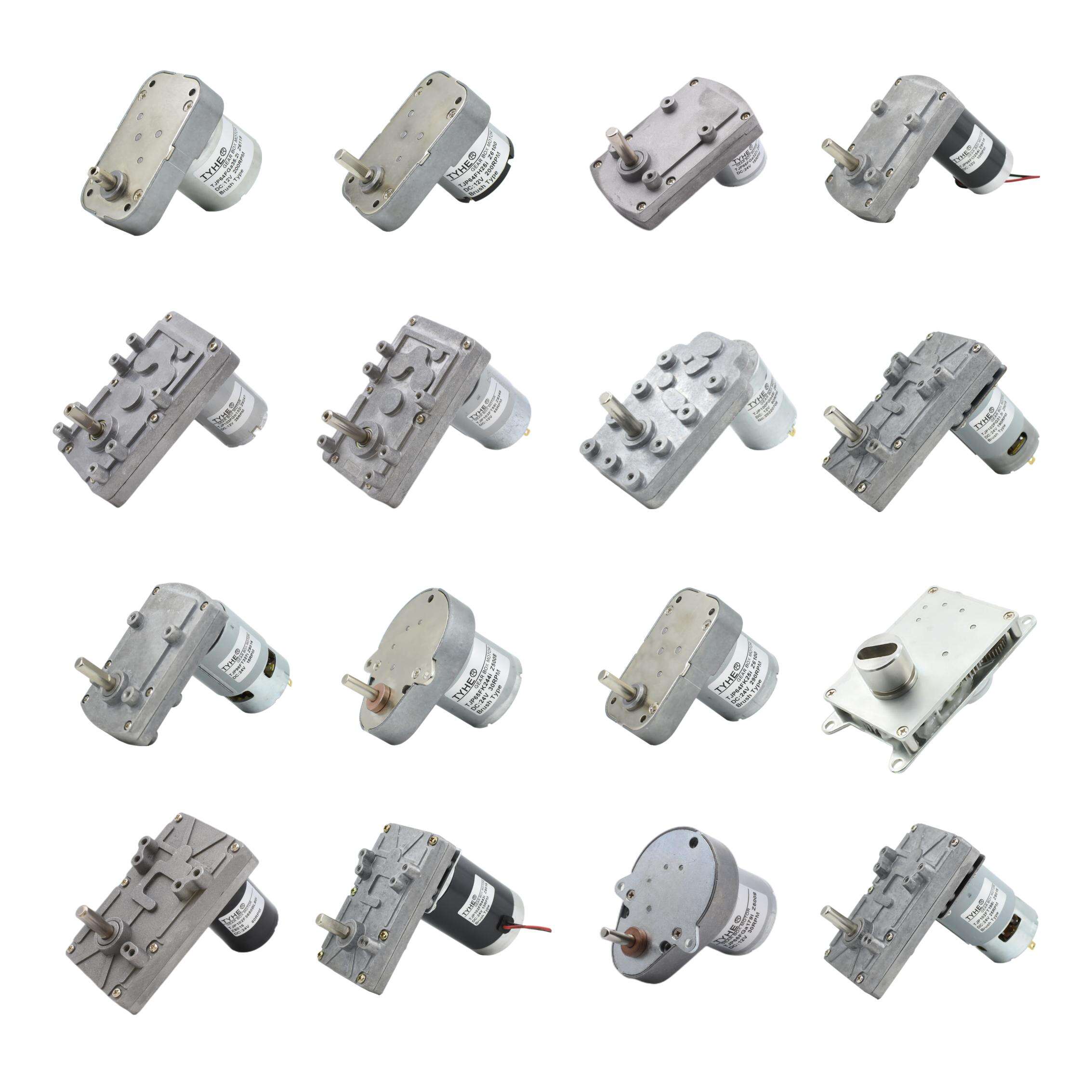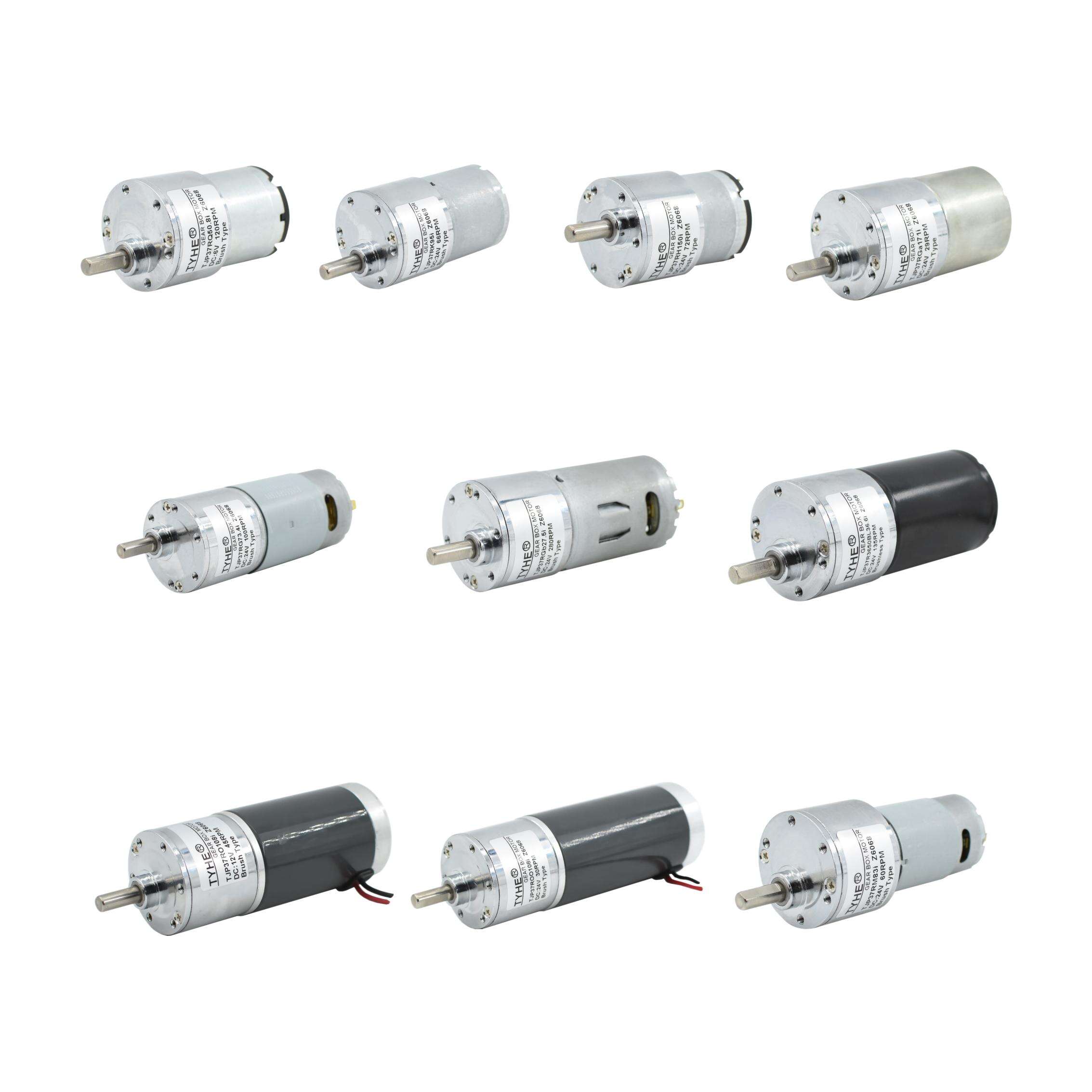Understanding Torque Output Limitations in Miniature Geared Motors
The relationship between frame size and torque output in micro dc planetary gear motors represents a critical consideration in precision engineering applications. While these compact powerhouses deliver impressive performance for their size, understanding their inherent limitations and capabilities is essential for optimal system design. The interplay between motor frame dimensions and maximum achievable torque involves multiple engineering factors that deserve careful analysis.
Core Components and Their Impact on Torque Generation
Magnetic Circuit Design Within Size Constraints
The magnetic circuit in a micro dc planetary gear motor forms the foundation of torque generation. Frame size directly influences the volume available for permanent magnets and electromagnetic components. Larger frames accommodate bigger magnets and more substantial electromagnetic structures, enabling stronger magnetic fields. However, innovative magnetic material selection and optimized circuit design can help maximize torque output even in compact frames.
Modern rare-earth magnets, particularly neodymium variants, allow for impressive magnetic flux density even in restricted spaces. Engineers have developed sophisticated magnetic circuit geometries that maximize the interaction between permanent magnets and electromagnetic components, achieving remarkable torque density within minimal frame dimensions.
Planetary Gear Train Configuration
The planetary gear system within a micro dc planetary gear motor significantly amplifies the base motor torque. Frame size affects the maximum diameter of the gear train components, including the sun gear, planet gears, and ring gear. Larger frames permit more robust gear teeth and multiple planetary stages, potentially increasing the final torque output.
However, advanced manufacturing techniques and materials enable the production of highly precise, miniature gear components that maintain excellent strength characteristics. Multi-stage planetary arrangements can be engineered to fit within compact frames while still delivering substantial torque multiplication.
Material Selection and Thermal Management
Advanced Materials for Compact Performance
The choice of materials plays a crucial role in determining how much torque a micro dc planetary gear motor can generate within size limitations. High-performance composites and metal alloys offer superior strength-to-weight ratios, allowing for more robust components in restricted spaces. These materials enable the motor to handle higher internal forces without compromising structural integrity.
Specialized bearing materials and surface treatments reduce friction and wear, maximizing efficiency and allowing more of the generated torque to reach the output shaft. The implementation of self-lubricating components helps maintain consistent performance in long-term operation.
Heat Dissipation Strategies
Thermal management becomes increasingly challenging as frame sizes decrease. Higher torque outputs generate more heat within the confined space of a micro dc planetary gear motor. Engineers employ various cooling solutions, including optimized ventilation paths and thermally conductive materials, to maintain acceptable operating temperatures.
Advanced thermal modeling helps identify potential hotspots and guides the implementation of cooling features without significantly increasing the overall motor dimensions. Some designs incorporate innovative heat-spreading technologies that efficiently distribute and dissipate thermal energy.

Optimization Techniques for Maximum Torque
Electronic Control Systems
Sophisticated control electronics enable micro dc planetary gear motors to operate at peak efficiency despite size constraints. Advanced current management and precise commutation timing help extract maximum torque from the available magnetic field strength. These systems can dynamically adjust motor parameters to optimize performance under varying loads.
Modern microcontroller-based solutions provide intelligent torque control while monitoring critical parameters like temperature and current draw. This ensures the motor delivers maximum possible torque without exceeding safe operating limits.
Mechanical Design Innovations
Creative mechanical solutions help overcome frame size limitations in micro dc planetary gear motors. Optimized shaft designs and bearing arrangements maximize torque transmission efficiency. Some motors feature innovative gear tooth profiles that enhance load capacity without requiring larger components.
The integration of specialized mounting features and output interfaces allows for better load distribution and improved torque handling capability. These design elements help the motor achieve higher practical torque outputs while maintaining compact dimensions.
Future Developments and Possibilities
Emerging Technologies
The field of micro dc planetary gear motors continues to evolve with new technologies pushing the boundaries of size-to-torque relationships. Developments in nano-materials and advanced manufacturing processes promise even higher power density in future designs. Research into novel magnetic materials and motor topologies suggests potential breakthroughs in miniature motor performance.
Integration of smart materials and adaptive components may lead to motors that can dynamically optimize their configuration based on torque demands. These innovations could fundamentally change how we approach the design of compact, high-torque motor systems.
Industry Applications and Trends
The demand for more powerful micro dc planetary gear motors drives continuous innovation in the field. Robotics, medical devices, and precision automation applications increasingly require higher torque outputs from smaller motor packages. This market pressure stimulates ongoing research and development in motor design and manufacturing techniques.
As manufacturing capabilities advance, the traditional limitations of frame size on torque output are being challenged and redefined. The industry trends toward more integrated and efficient designs suggest exciting possibilities for future motor development.
Frequently Asked Questions
How does gear ratio affect torque output in micro motors?
The planetary gear ratio in a micro dc planetary gear motor directly multiplies the base motor torque, with higher ratios providing greater output torque. However, each gear stage also introduces some efficiency losses, requiring careful optimization to achieve the best balance between torque multiplication and overall system efficiency.
What determines the maximum safe torque output?
Maximum safe torque output is determined by several factors, including the mechanical strength of components, thermal limits, and magnetic circuit capabilities. The motor's control system typically implements torque limiting to prevent damage when these limits are approached.
Can thermal management improve torque capacity?
Effective thermal management can indeed improve torque capacity by allowing the motor to operate at higher power levels for longer periods. Better heat dissipation enables the motor to maintain optimal performance without reaching thermal limits that would otherwise restrict output.
What role does material selection play in torque capability?
Material selection significantly influences torque capability through factors like magnetic permeability, mechanical strength, and thermal conductivity. Advanced materials can provide better magnetic flux density, stronger gear components, and improved heat dissipation, all contributing to higher achievable torque outputs.


